From Henry Ford to the Jetsons, the idea of flying cars has long caught the public imagination. And, finally, they may be coming to reality. Headlight.News talks to RJ Schreiner, a former Marine pilot who’s now chief test pilot for Supernal, the Hyundai subsidiary that debuted its S-A2 flying cab at CES 2024.
Several companies are working on vehicles that could be driven like a conventional car and then take to the air. But more attention — and money —– is being spent on what can best be described as flying taxis. Think of them as the Ubers of the air. The goal is to make them far more affordable and environmentally friendly than today’s helicopters by, among other things using multiple, electrically powered rotors.
Among the projects being taken most seriously, Hyundai Motor Group has launched a venture called Supernal in 2020, bringing an eight-rotor concept called the S-A1 to the Consumer Electronics Show in Las Vegas. Supernal is back at CES 2024 with an updated prototype and the target is to get the S-A2 into service by as early as 2028.
Raymond “RJ” Schreiner is playing a critical role as the South Korean-funded Supernal’s chief test pilot. He’s a former Marine test pilot with extensive experience flying both fixed wing and “rotary” aircraft. He claims to be one of only two pilots worldwide who have actually lifted off the ground in this new class of “powered lift” aircraft. He spoke to Headlight.News about the Supernal project at CES 2024 where a prototype S-A2 was unveiled this week.
HLN: You first showed the Supernal S-A1 concept at CES 2020. How has the new prototype, the S-A2, changed since then?
SCHREINER: The overall design has evolved from the S-A1. We’ve now got eight articulating, or tilting, rotors, four in the front and four in the back. The S-A1 had some that tilted, some that were fixed and would stop in flight.
HLN: I’m assuming that these changes were made to improve both safety and energy efficiency.
SCHREINER: One hundred percent. Supernal is all about safety and efficient, clean flight. The design and robustness of the new design is a big improvement.
HLN: Let’s talk about some of the basics.
SCHREINER: The S-A2 is 4+1 configuration; one pilot and four passengers. Cruises about 120 miles an hour approximately 1,500 feet above the ground. It’s an eVTOL, so it’s all electric. That gives us a range of up to about 60 miles.
More CES News
- VInfast rolls out pickup, mini-SUV concepts at CES 2024
- VW adding ChatGTP voice assistant to six models
- You and VW can make beautiful music together
HLN: I love rotary flight, but helicopters can be deafening. I understand the S-A1 is designed to be quiet.
SCHREINER: The goal is 65 decibels on the rotors (while lifting off) and 45 decibels on the wing (when cruising). That’s about as quiet as a modern dishwasher.
HLN: We already have helicopters. Why do we need vehicles like the Supernal S-A2?
SCHREINER: What’s really interesting about designs like these is that they’re very robust — meaning a single component can fail and it doesn’t lead to any catastrophic outcomes. With helicopters, there are a few critical components that, if they fail, that could lead to a catastrophic outcome.
There’s also the issue of costs. When you talk about operating costs compared to a helicopter — where costs are high — the operating cost on this is a lot lower. And then there’s the all-electric design which is clean and efficient.
HLN: What is the primary market you’re aiming at?
SCHREINER: The primary target for us is ride hailing. We want to move passengers from point-to-point in a clean, efficient and responsible way. Conceivably, you could be moving packages, as well. But, primarily you’re focusing on passengers.
HLN: Have there been any flights yet?
SCHREINER: Our prototypes are in development right now.
HLN: I’ve talked to some executives at Hyundai and they’re saying you could begin flight testing by the end of this year.
SCHREINER: We’re not going to commit to any timeframe yet. We’re going to begin flight testing only when it’s the right time. I don’t know if we’re committed to it being this year. But it’s not too far in the future.
HLN: A lot of folks have heard the term, “flying cars,” used. But this isn’t something you’re going to park in your driveway. Supernal isn’t building aircraft for private ownership, is it?
SCHREINER: This is really meant to serve as a ride-share on demand, if you will, part of a multimodal transportation system. You’ll come to a vertiport by some form of transportation and then fly in this to another vertiport. Then, you’ll need another form of transportation, whether you walk or take a ground-based taxi or bike or scooter.
HLN: I believe you’re working on a fully automated version, but you said the current design seats four passengers and a pilot. Is the pilotless version coming?
SCHREINER: Our approach is to start with a pilot, which makes sense given where the regulations are today and where technology and automation is. We will incorporate more advanced automation and, eventually, if there’s a future where you could justify taking the pilot out, we would do that. We’re starting with an incremental approach focused on safety. You have to make sure when you implement that automation it’s mature and ready.
HLN: We’ve seen some problems with ground-based robotaxis, like Cruise (ED: which was involved with a serious pedestrian crash in San Francisco in October.) I imagine you want to make sure any autonomous tech works — but also want to test whether consumers would be comfortable with it.
SCHREINER: There’s a public acceptance aspect to it. They need to understand the safety built into the vehicle.
HLN: There are relatively few places designed as helicopter landing pads. I’ve seen some news releases from Supernal suggesting there’ll be quite a few of the Vertiport landing pads.
SCHREINER: That’s the goal — that the Vertiport infrastructure would grow and that we’d be able to put Vertiports in place where they matter to people. Initially, they’ll start out limited in number but, as the customer comes to accept them and, as the industry grows, you’ll see a lot more of them.

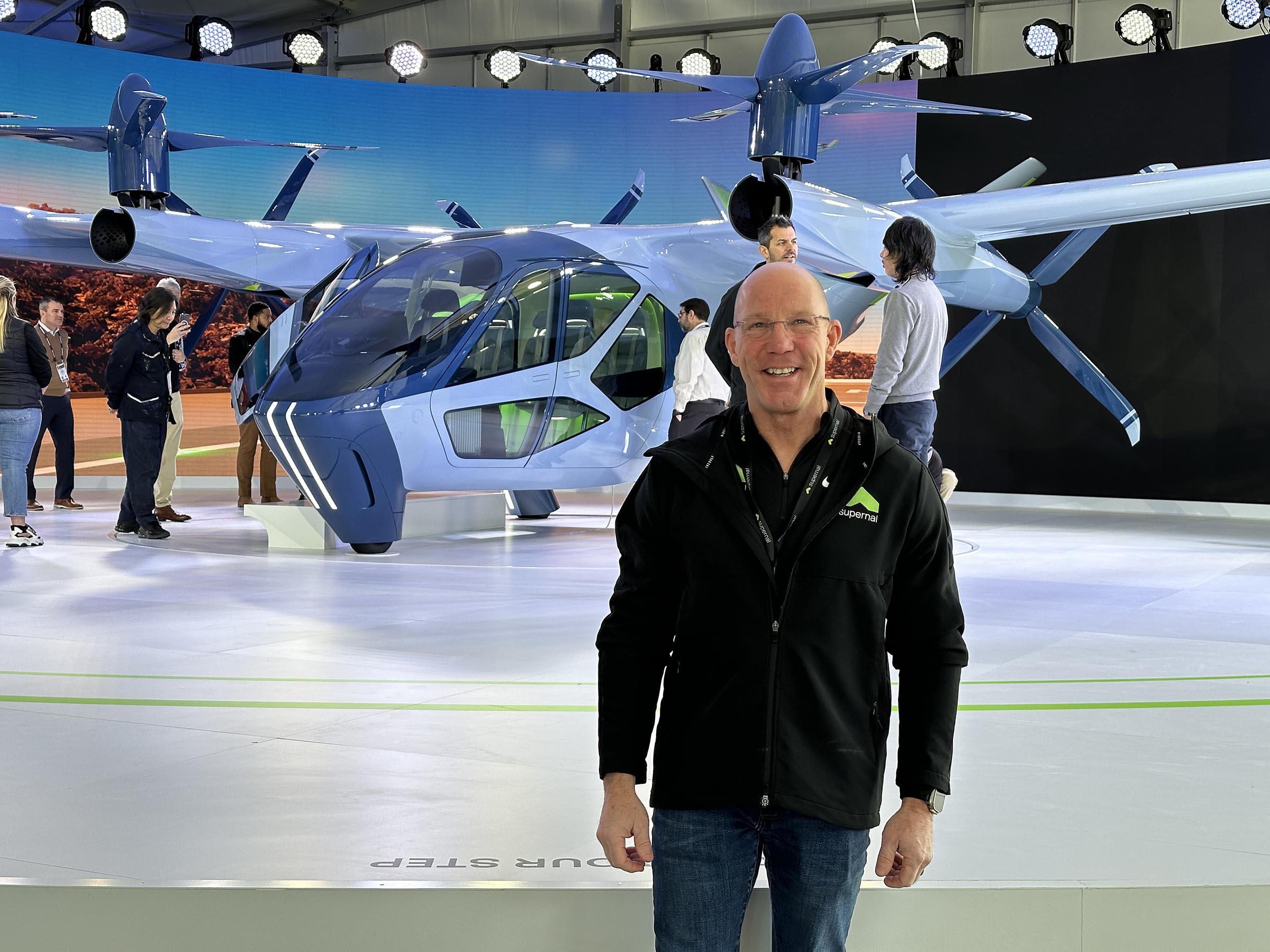


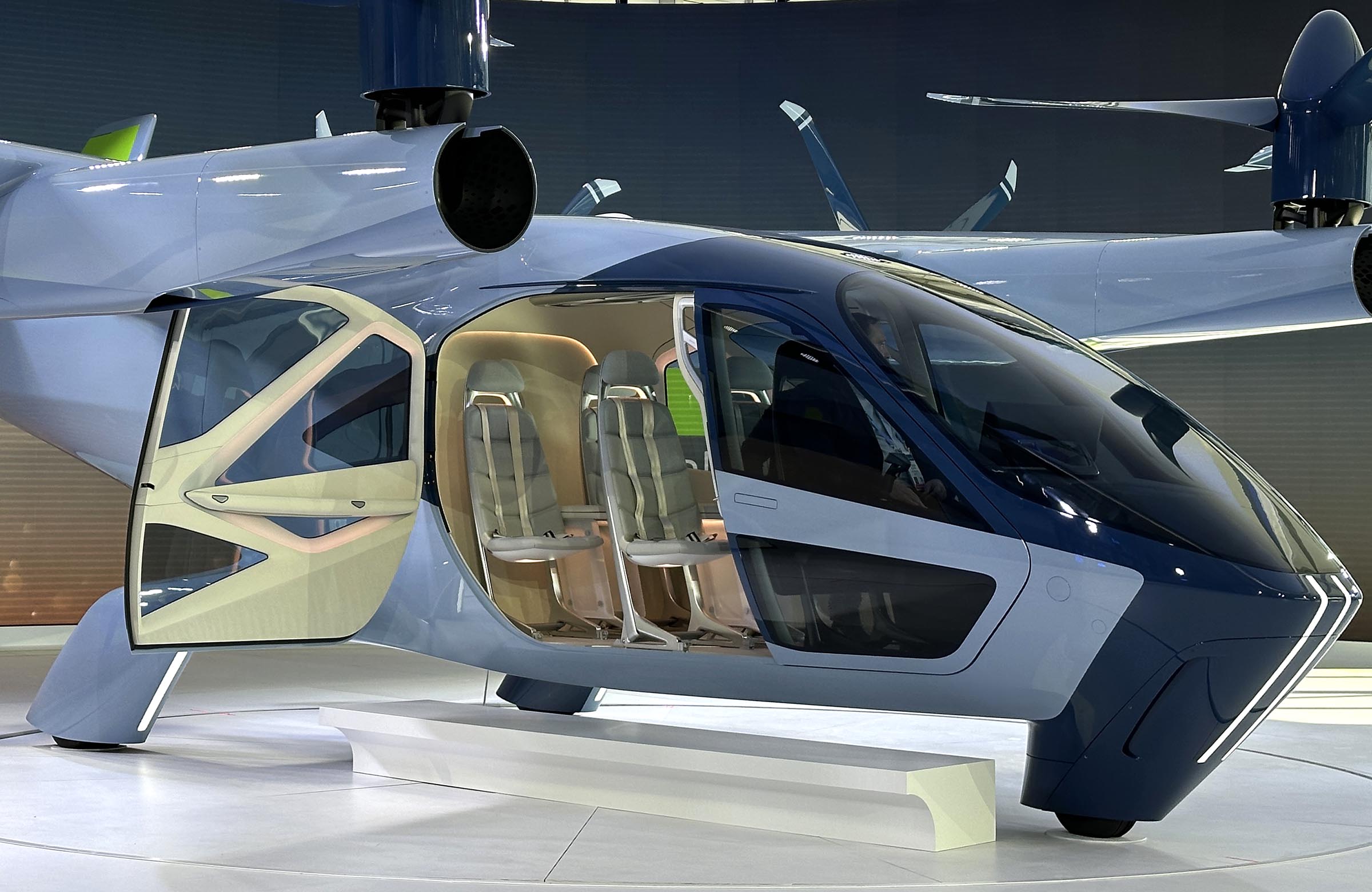

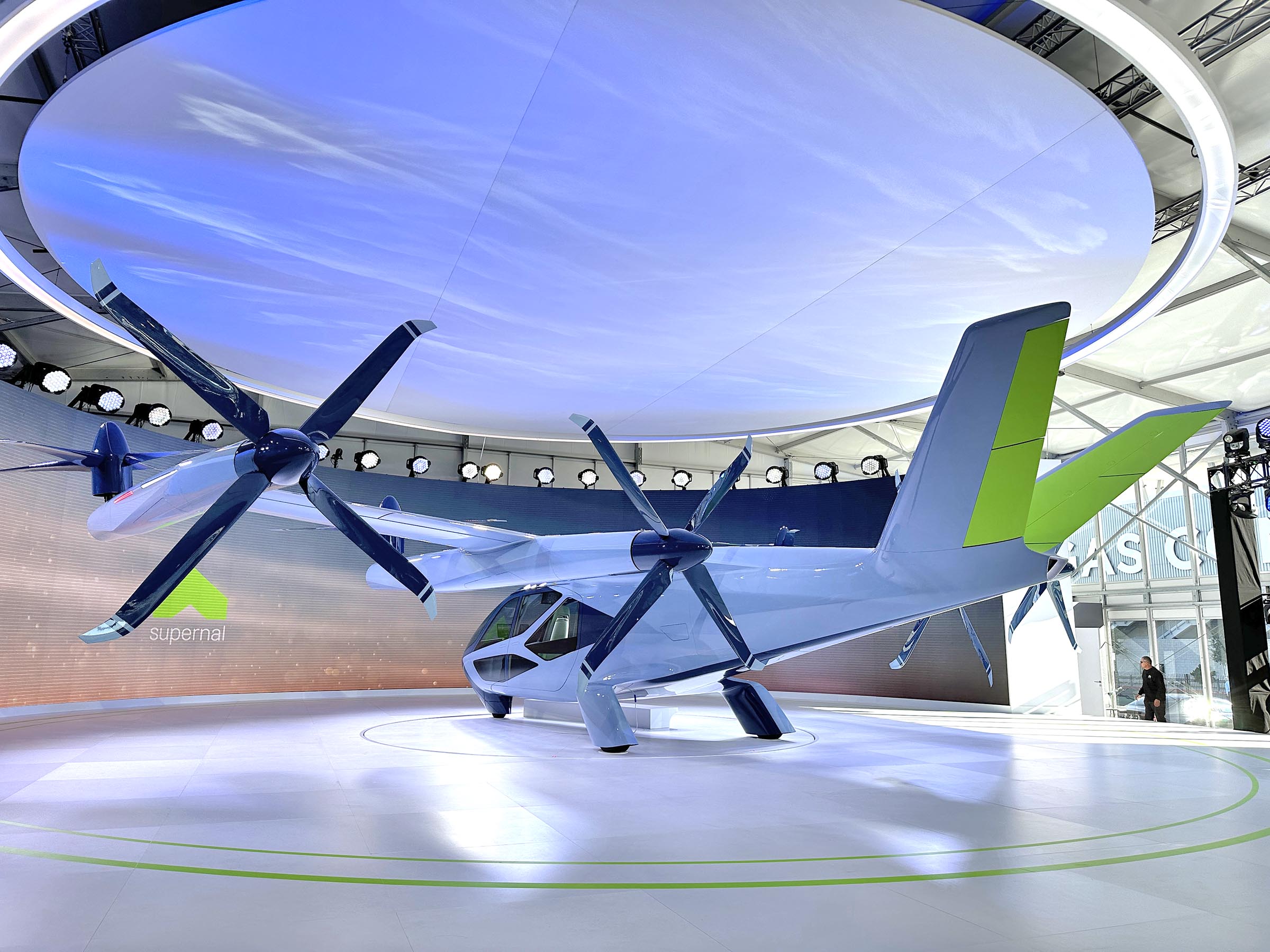
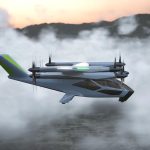
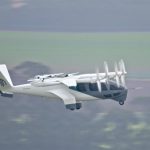
0 Comments